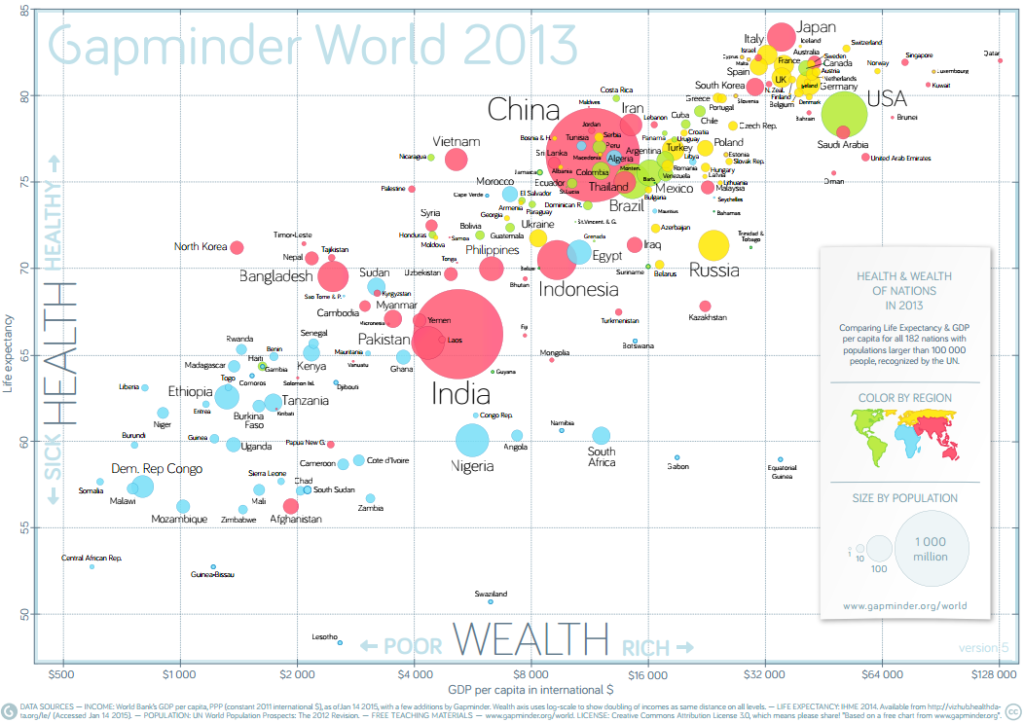there’s something brewing, I can’t tell you what because I don’t know myself, all I know is that I have that feeling, the feeling that I’m on the edge of a cliff
Month: March 2015
I was really excited to obtain and process my own data… except I can’t (or haven’t been able to at this point) be able to use my efforts in a way that can answer the questions I have in a timeframe that is actually helpful. I need to be able to cross over my UP24 data (food and exercise) with my OmniPod data (insulin rates and boluses), with my dexcom (blood sugar reporting) — I want to know if what I’m doing is working. If walking at night vs. walking in the morning has affected my sugars in a good way or a bad way, or if the effect is neutral… in a way that I can understand and act upon, within a timeframe that is relevant. I know that this is actually asking a lot, but it is also something that I believe would be a catalyst in my care… in the way that I am able to live my life, my quality of life, my ability to live better and avoid long term consequences of my body’s inability to regulate my own blood sugar. a fact that is not my fault. a fact that I cannot fix or think my way out of. no changes in my diet or plans or spreadsheets are going to make this go away. and this makes me feel so upset, and frustrated, and confused, and I can’t remember a time where I accepted that fact about anything. there are times when I have balanced it out and decided that the juice is not worth the squeeze, but this is not one of those times. I feel like I have hit a brick wall. I have accepted walking as exercise… do you realize how absolutely ridiculous that is? I am 27. I was doing crossfit. I played year round lacrosse for years… I passed the US Navy physical for 3 years running… sometimes just barely, but I never failed to meet a physical standard. Until now. I feel broken. I don’t remember at time before diabetes where I have felt that my hope was in question. I am close to giving up, or I have felt like giving up. I have been on a nutrition plan since october and have vacillated around the same weight the whole time… when I decide to do something I don’t fail. I feel like this is ruining that fact. I find ways to fix things, to figure things out that’s what I do. Fuck this. now back to figuring this out. fuck.
So I’ve knocked diasend before, but I’m saying now that it’s the closest thing to a working solution that I can find so far, but I still can’t see the information in an actionable way. I want to know if the changes I’m making are working… I wanted to do a pull-up so I put a pull up bar in my kitchen, made a sticker chart, and killed it… I’m up to 2 unassisted pull-ups and just went down a band size. I want to have the same control over my diabetic decisions… figure out what’s working, and then master it. Now what?
Inspired by a more complex dashboard to better understand the direct correlation between GDP and the prevalence of diabetes, I created the chart below:
So the short answer is yes… the prevalence of diabetes increases in correlation to a lower GDP.
This chart is based on the dashboard and data provided by Ramon Martinez on his blog post Prevalence of Diabetes in the World, 2013.
Below is the chart on which brought to mind my question about diabetes and GDP — Hans Rosling’s Health and Weath of Nations, revised as of January 2015.
Hans Rosling is a professor of global health at Sweden’s Karolinska Institute, and a leader in data visualization, focusing on dispelling common myths about the so called developing world. What sets Rosling apart isn’t just his apt observations of broad social and economic trends, but the stunning way he presents them. If you’re interested, his site is gapminder.org and below is his most popular TED talk “The best stats you’ve ever seen”
World hunger is a real problem, and the worst part is that the solution exists — we have enough food, why are people still starving? The UN food programme attempts to fight this by delivering food aid to countries all over the world. I have used this data set previously, but have reworked the viz to better convey the message.
The tool I have been using to create the visualizations of my numbers is called Tableau — as I was looking through Tableau Viz of the Day Gallery, I found this great viz on the Prevalence of Diabetes in adults (20-79 yo) by Ramon Martinez. Ramon publishes a blog focused on analyzing health data at the population level — the post accompanying this viz has some additional insight on the data presented.

